
Missouri DOT manages the safety, productivity and utilization of their diverse fleet with telematics
Published on May 27, 2020

Table of contents
The Challenge: Implementation of a statewide telematics solution
As a state agency, the Missouri Department of Transportation (MoDOT) has a large and diverse fleet of passenger cars, pickups, heavy-duty dump trucks and off-road equipment. On any given day, their fleet may be spread out over 114 counties and 34,000 centerline miles of highway. In 2016 and 2017 three of MoDOT’s seven districts (Southwest, Central and St. Louis) implemented a telematics solution to provide a diagnostic resource to their mechanics. At the time, the three districts were looking for a solution that could help less-experienced mechanics diagnose issues with fleet trucks more efficiently.
For a period of four years, each of the three districts independently learned and explored the additional benefits offered through their telematics solution for improving the safety, productivity and utilization across their entire fleet. Unfortunately, this led to information silos, as each district used the system in their own way. Data silos had effectively trapped information inside each district, making it difficult to glean insights from that data or identify any opportunities for growth or improved efficiency from a statewide perspective.
To truly maximize the full potential of data, MoDOT needed to break down these silos and connect disparate databases to create a single, shared view. In early 2018, MoDOT developed a statewide Automatic Vehicle Locator/Global Positioning System (AVL/GPS) team to look into expanding a telematics solution to all seven districts. At that time MoDOT was also developing an in-house Maintenance Management System (MMS) to better track operational activities and use of their maintenance fleet. As part of an effort to break down data silos, MoDOT’s MMS program was integrated with Geotab through an Application Programming Interface (API) to acquire real-time ending engine hours and mileage meter readings saving employees time in having to manually track and report this information. However, this real-time data was only available from the three districts using Geotab.
MoDOT’s AVL/GPS team quickly realized that MoDOT needed a system where it could capture information statewide to better utilize the full benefits of a telematics solution. Doing so required consolidating the existing telematics platforms, each of which had different vendors, into a single vendor platform under one contract. The team also felt it was important to install a limited number of additional devices in each of the four remaining districts (Northwest, Northeast, Kansas City and Southeast) to provide all districts an opportunity for exposure to the system.
In addition to overall fleet reporting, MoDOT had other telematic needs for their diverse fleet:
- Monitor fuel usage by focusing on idle time
- Reduce fuel usage through route management
- Decrease maintenance costs with engine diagnostics
- Monitor seatbelt usage, speeding, harsh braking and other driver behaviors
- Utilize the proximity Add-In when responding to liability claims
- Enhance their winter operation response by monitoring real-time route treatment cycles and material usage
- Integrate with their internal Maintenance Management System
The Solution: Bringing it all together
Engine diagnostics
The team at Missouri DOT had been looking for a solution to help diagnose mechanical issues with vehicles in their fleet to improve overall efficiency of repairs. They were also interested in having a system to validate warranty coverage and have supporting data demonstrating when and how long check-engine lights had originally been activated on the vehicles in question.
MoDOT also wanted a system that could send engine diagnostics remotely while a truck was still on the road, allowing their mechanics to limit downtime for repairs. With engine diagnostics from Geotab, MoDOT can closely monitor engine code information, to proactively manage engine issues before they become costly repairs. Vehicle codes quickly identify and locate engine issues, allowing MoDOT to save on vehicle inspection time and costs.
One example of this is when one of MoDOT’s Equipment Technicians received an email alert of an engine fault code detected by a Geotab device. The technician called the truck in for service, identified the cause for the fault code and ordered parts for the repair. The truck was down for one day, but the downtime and repair cost could have been significantly higher if these issues had not been addressed when they were. Rodney Colbert, equipment technician supervisor for MoDOT’s Central District explains, “Sooner or later the truck would have quit doing regens, resulting in higher repair costs and possibly an additional tow bill.”
Safety dashboard reports
The majority of MoDOT’s workforce is in the maintenance division, and they are frequently adding new drivers with limited experience to the fleet. With the safety of their employees – and citizens – always top of mind, they needed a way to monitor these drivers to help provide proper training and guidance. Safety dashboard reports provide the team at MoDOT with a quick overview of at-risk driving behaviors, including an overall safety score. They can view reports on key fleet metrics including: speeding, harsh braking, backing up, seatbelt use and more. By focusing on these metrics, MoDOT can improve the safety of their drivers and reduce vehicle maintenance cost by lessening the wear and tear on their fleet.
Production, utilization and public safety
MoDOT prides itself on strong institutional values and providing tangible results to its customers. These values represent the fundamental principles and philosophy of the agency and are grouped into three primary pillars of Safety, Service and Stability. With the implementation of a telematics solution, MoDOT has been able to enhance how it delivers these tangible results.
One way they have accomplished this is through route monitoring. By monitoring the locations of fleet vehicles, field personnel are able to better manage work zones and the fleet’s interaction with the traveling public. Supervisors are able to more efficiently route trucks, saving on mileage and preventing trucks from having to find turn-around locations while increasing productivity of work.
“By monitoring our trucks locations we are able to ensure they are traveling in the correct direction and know when to expect them at the work zone. This not only helps with our productivity but also provides for a safer transition in and out of our work zone for us and the traveling public,” explains Mike Belt, maintenance superintendent in MoDOT’s Central District.
MoDOT also uses the telematics solution when responding to winter events. They often get calls for assistance into the Emergency Operations Center (EOC) from local law enforcement and Highway Patrol during winter events. By monitoring the locations of their plow trucks, MoDOT is able to respond to these calls quickly by dispatching the closest truck to the needed location.
Belt explains, “We have received calls from local law enforcement during a snow event asking for help with a stuck school bus. By monitoring the locations of our trucks, I’m able to see what truck is closest to their location and dispatch that truck to clear and treat the road to help get that bus moving again.”
Public Works solution
As a state DOT, one of MoDOT’s many responsibilities is clearing snow and ice from state-maintained routes. During a statewide event, MoDOT can have as many as 1,500 plow trucks spread out over its 114 Counties. MoDOT’s Geotab platform allows them to track the location of fleet vehicles during winter events. A statistic that’s often in demand by media outlets and needed for proper snow removal management is data to show how and where the snow clearing vehicles are being used – particularly sand and salt spreading and application of all materials.
The Public Works solution for winter operations provides just that. It also provides a mapping feature that shows exactly where the trucks are in real time and where they’ve been, which will allow MoDOT to better monitor and manage their treatment cycles. MoDOT successfully piloted some of the components of the Public Works solution during the 2019-2020 winter.
“As a transportation agency responsible for clearing snow from roadways we have a lot of interest in the Public Works solution for winter operations. We’re also piloting dash cameras through our reseller to evaluate live video of road conditions,” explains Paul Denkler, P.E. assistant district maintenance engineer for MoDOT’s Central District and team lead for MoDOT’s AVL/GPS group.
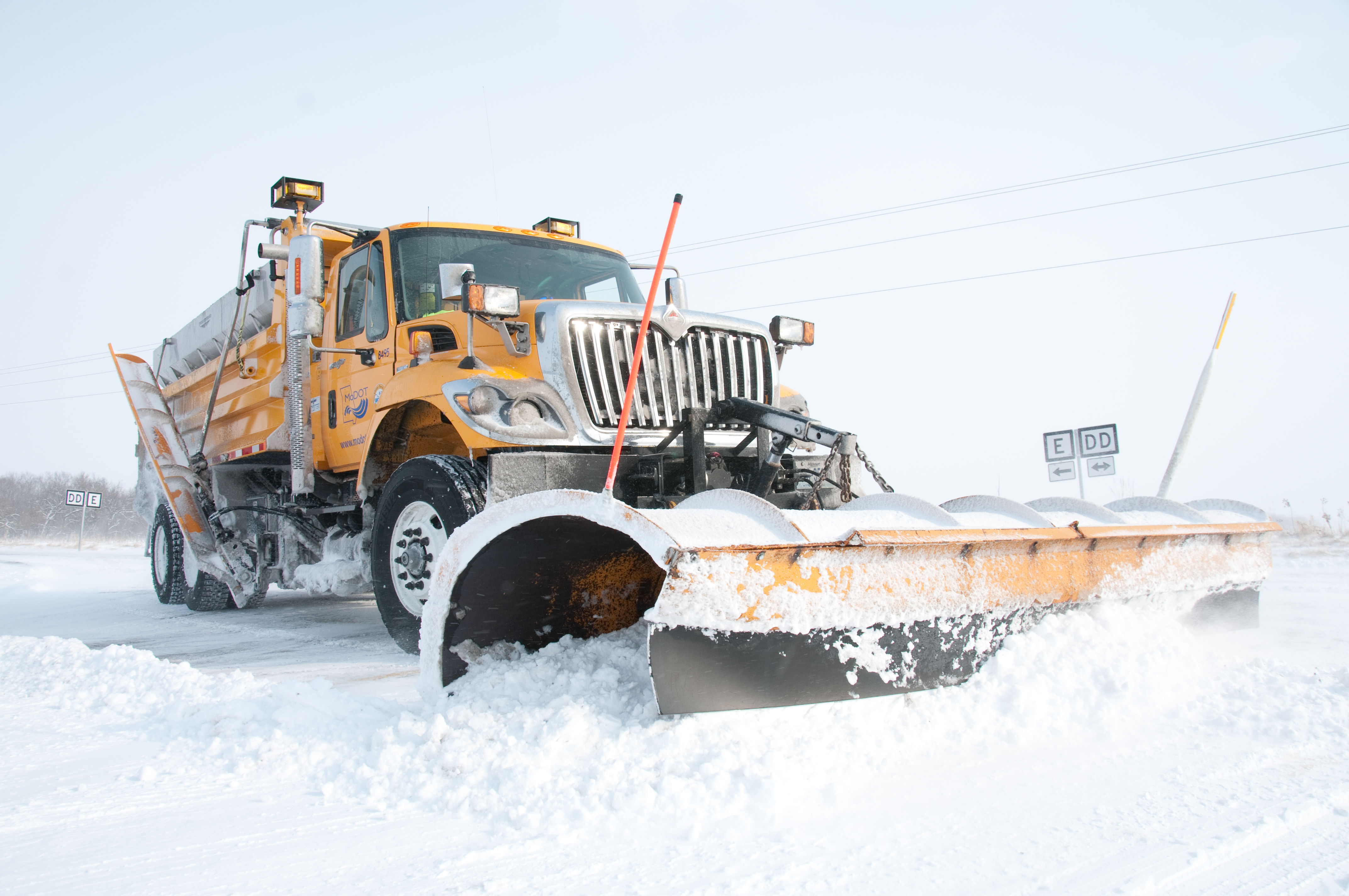
The Results: Telematics breaks down the silos
Although various districts have had Geotab devices in place for three to four years, MoDOT has not yet fully utilized the fleet management tools available through the platform. In February 2020, the MoDOT AVL/GPS team completed the system structure so all district groups are located in the same place and are consistent across the board. “We are now at the point where we have better defined how the system will be used, what we will measure and what information will be shared on a regular basis,” reports Denkler. Being able to identify dollar savings specifically tied to AVL devices will provide MoDOT with the capability to track these measures and show how the system is performing.
Reporting
MoDOT now has all the Geotab devices from three districts (with the hope to implement across all seven districts) integrated into one platform, allowing for department-wide access to Geotab reports, including:
- Idling
- Vehicle usage
- Mileage
- Driver hours
- Trip history
- Driving Behavior Score Cards
- Route monitoring
- Location of assets
- Under-utilized assets
- Monitoring of winter operations
Jeannie Wilson, General Services Manager, St. Louis District comments, “There’s a lot of flexibility and we’re able to move and reuse the units which is a great advantage. The openness was a big selling point. We’re able to pull Geotab data into our system to build reports and integrate it with other data.” Data is a proven, valuable resource in Missouri DOT’s mission to manage their fleets across the state and provide a world-class transportation system that is safe, innovative, reliable and dedicated to a prosperous Missouri. But turning that information into valuable insight requires reliable, dependable and accurate data. By breaking down the silos, MoDOT can identify untapped opportunities that can be shared across the fleet, statewide.
“We feel the system’s capabilities are powerful and the potential for cost savings and efficiencies gained are significant as we work to put in place more specific tools for capturing and analyzing the data being generated,” states Denkler.
Added benefits for safety and community relations
One way the Geotab solution provides MoDOT with return on investment is through providing data to the media and citizens about how MoDOT is helping keep roadways clear during snow events. This past winter, the Central District’s 225 trucks racked up 225,000 miles – roughly 1,000 miles per vehicle during a single snow event that lasted for 48 hours. Denkler shared this data with both his superiors and the media to demonstrate MoDOT was out in full force responding to the event ensuring clear, safe highways for the traveling public.
What’s next?
With the consolidation of the existing AVL devices and a successful winter operations pilot complete, MoDOT has begun the process of exploring the expansion of an AVL system across all seven districts. With MoDOT recently deploying their Maintenance Management System statewide to nearly 3,000 employees in March 2020, this is a perfect opportunity to pull everything together into one platform to allow the state to have an overall view of operations and improved fleet management. “Geotab hit all the marks, particularly real-time data,” says Mike Middleton, maintenance liaison for MoDOT’s Central Office and team lead for MoDOT’s MMS program.
The Public Works Add-In for winter operations is also on the list of next steps for MoDOT. Adds Denkler, “One goal is to have a website where the public could view images or video from our plow trucks to show real-time road conditions during winter events.”
To ensure successful implementation, MoDOT will develop rules and policies for consistent application of AVL/GPS technology statewide, including:
- Educate and communicate to all employees the benefits and specific areas MoDOT intends to monitor and measure.
- Share the data with end users on a regular basis.
- Define the baseline: ”What gets measured, gets results!”
Ultimately, MoDOT will create a mechanism to measure and track the benefits and efficiencies of a telematics solution as it relates to MoDOT’s vision and core values of Safety, Service and Stability.
From Missouri Department of Transportation:
“Geotab has provided us with a system to manage the safety, productivity and utilization of our diverse fleet.” – Paul T. Denkler, P.E. assistant district maintenance engineer for MoDOT’s Central District and team lead for MoDOT’s AVL/GPS group.
Visit modot.com.
Post Tags
Client profile
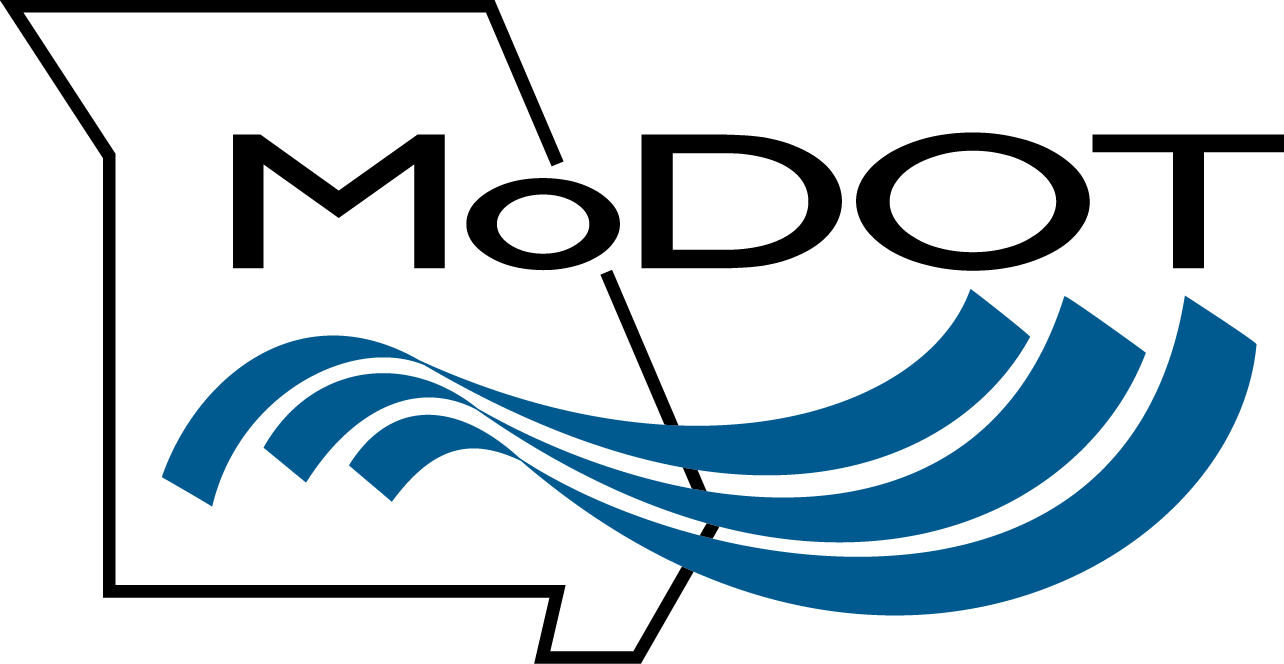
Client name:
Missouri Department of Transportation
Industry:
Government
Types of vehicles:
Sedans, SUVs, pickup trucks, Heavy-Duty trucks, including a snow fleet consisting of 1,500 pieces of equipment
Fleet size:
5036
Fleet focus:
Safety, Fleet Optimization, Productivity
Other stories
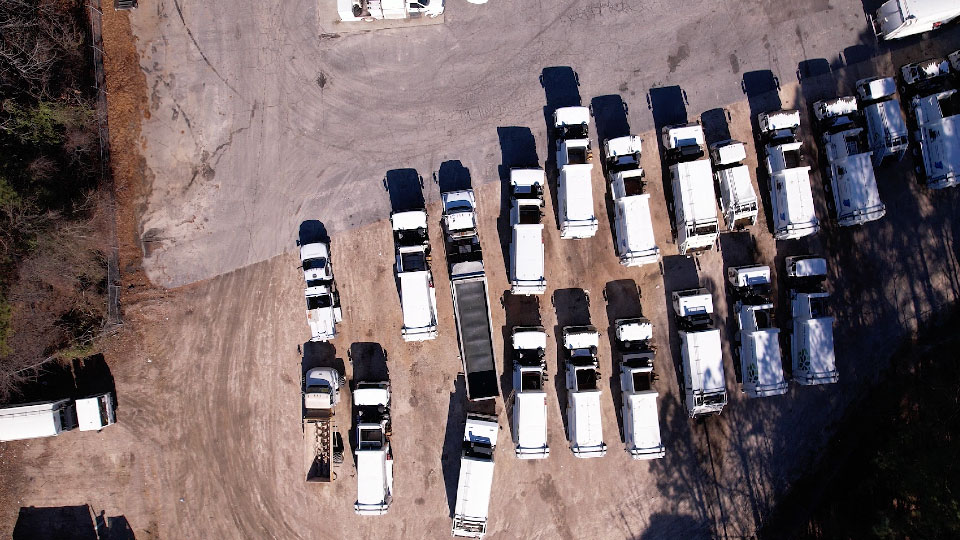
City of Raleigh: Enhancing fleet safety, sustainability and vehicle maintenance with telematics
March 8, 2024
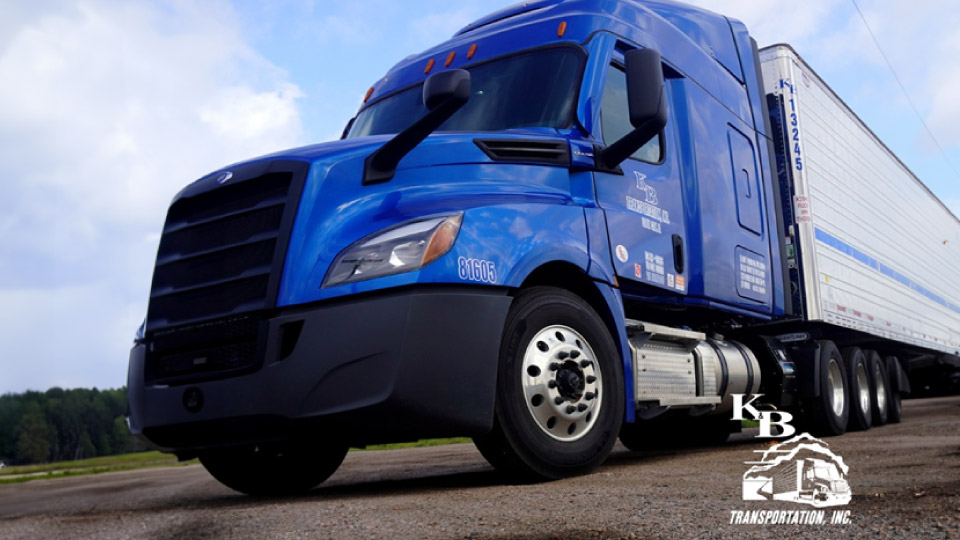
K&B Transportation: Improving uptime and driver communication with an integrated solution
October 16, 2023
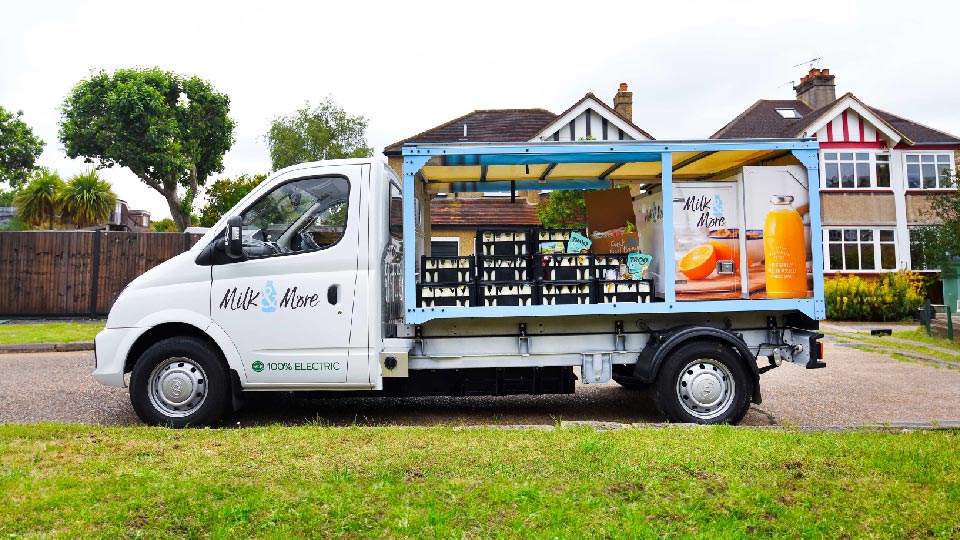
Milk & More: Sustainable home delivery for the modern age
September 6, 2023
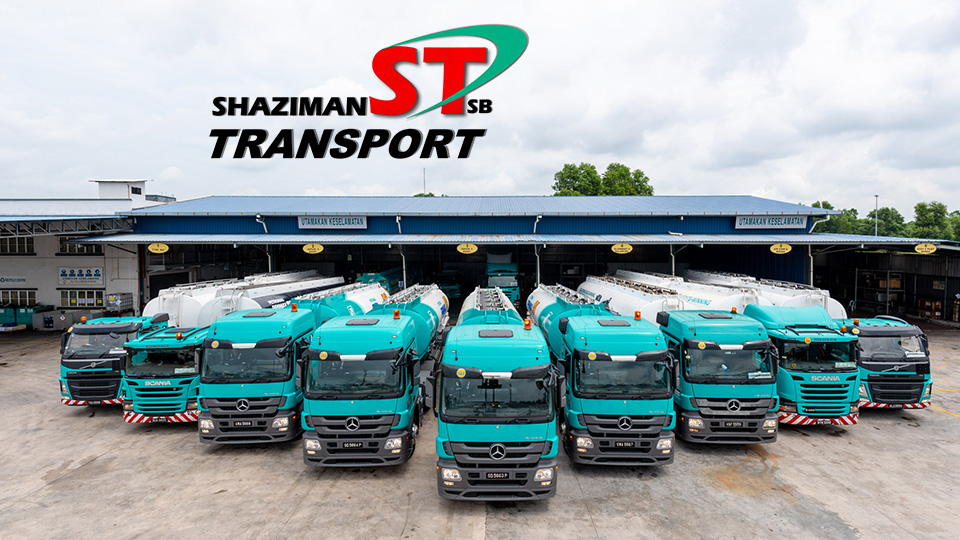
Shaziman Transport improves performance, saves money and reduces environmental footprint with data
February 17, 2023





